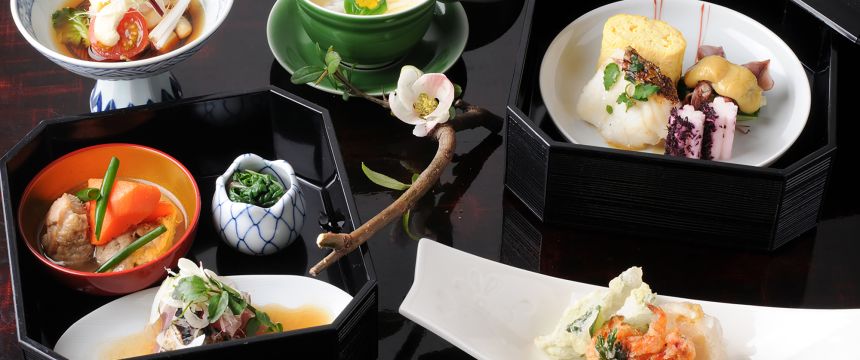Hida-Takayama, Gifu Prefecture - Tokai

If you think Kobe beef is the last word in Japanese wagyu, then you are in for a tasty surprise. As it happens, there are numerous varieties of beef to be found all across Japan, each one reflecting the regional environment where the cattle were raised. And more specifically, the Japan Meat Grading Association sets strict criteria of quality that the meat must satisfy in order to be designated as an ambassador for its region. Wagyu in general is of high quality, but Japanese regionally branded beef is among the best of the best
Just as Kobe beef represents the city of Kobe, Hida beef represents the Hida area. Hida beef is rapidly on the rise as a beef with a distinctive flavor while still representing the high standards that have made Japanese beef a global phenomenon.
The best place to eat Hida beef, as well as to experience the dynamic dining culture that surrounds it, is in the Hida Highlands, where you will discover a world of gastronomy in the exceptionally well-preserved historic town of Hida.
Protected Tradition

Hida’s old township (furui machinami) makes a striking village scene, unique in appearance compared with other such towns in Japan. Its buildings from the Edo period (1603–1867) look traditionally Japanese, but they have differences that may at first be hard to put your finger on.
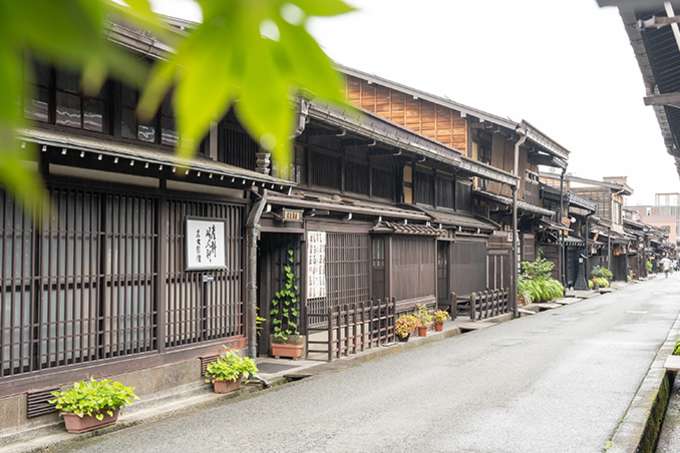
You will soon notice, however, that few roofs have terracotta tiles, which are commonplace on other such traditional buildings in Japan. Moreover, the average height of the buildings is relatively low. They were built that way to make it easier to cope with the huge amounts of snowfall received by Hida, being located high up in the mountains. Slanted wooden roofs spread the weight of the snow and allow it to be removed relatively easily, and a low building is easier to keep nice and warm. Additionally, you will also notice that the windows of most buildings are covered with attractive wooden lattices, which is another measure to protect the buildings from the weight of the snow that piles up in winter.

Another unique feature of the town is the result of a curious local law in effect right to the end of the nineteenth century that required homeowners to get permission from their neighbors before building or expanding their properties. Over the centuries, this law made for a system of orderly street layouts and well-maintained buildings.

The woodworking skill evident in Hida’s buildings extends to the town’s crafts. In fact, in Japanese literature and visual arts if someone is from Hida they are frequently a skilled woodworker! Looking round the many craft shops selling wooden carvings and sculptures you will find in Hida to this day, you can see that there is truth beyond the stereotype. The legendary wooden Buddhist-statue sculptor Enku (1632–1695) also spent part of his life in Hida and found inspiration there. Of the 120,000 wooden statues of the Buddha he allegedly carved in his lifetime, a large number can be seen in Hida.
A Taste of Edo Life
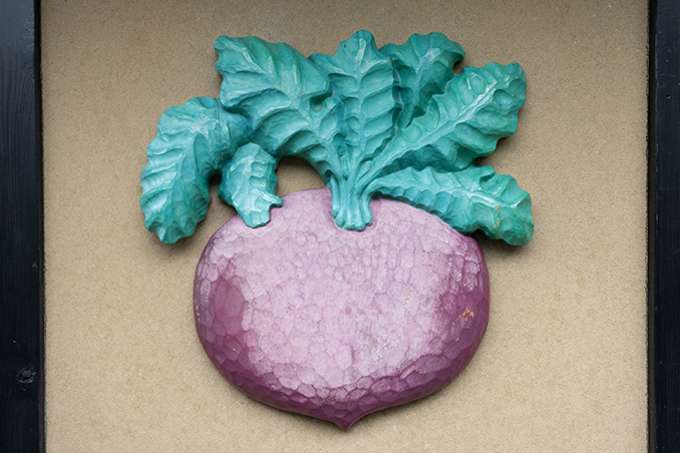
The town is like a perfectly preserved memory of old Japan, with long-ago pictorial shop signs advertising local produce, sugidama (cedar balls) displayed outside sake breweries, and vats of miso (fermented soybeans) paste available for free tasting.
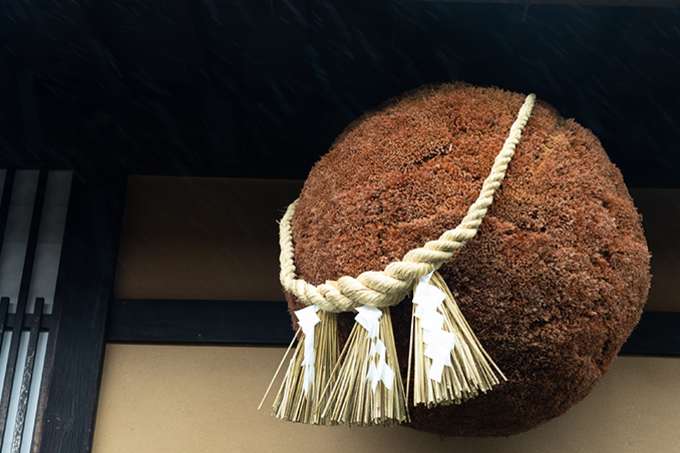
In many ways, wandering the streets of old Hida is like strolling through a living museum, because the buildings and their interiors, while having remained substantially unchanged for centuries, are still in use. Even one of the area’s largest historical buildings, the Takayama Jinya, originally built in 1692, was used as a governor’s office until 1969.
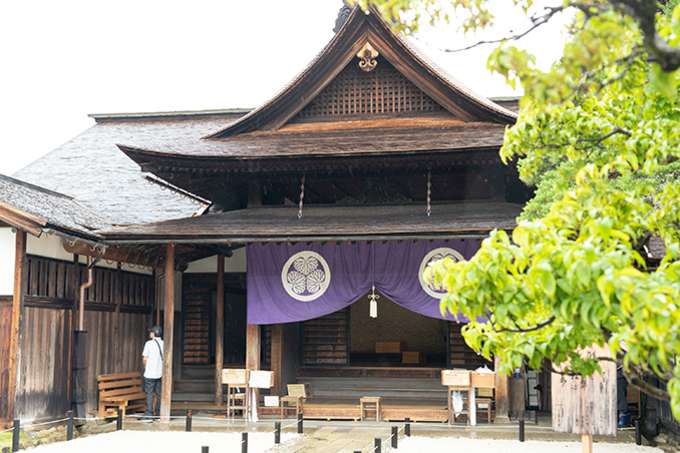
It is now a museum that you are free to explore and where you can find as much as you could possibly want to know about the history of Hida. This area was inhabited as far back as Japan’s prehistoric Jomon period, so there is a lot to discover!

The area’s largest temple, Hida Kokubunji, predates the Edo period, dating back more than twelve hundred years, and an enormous ginkgo tree that was planted there to mark the temple’s founding still stands proud. The oldest structure on the grounds is the main temple building, which was built five hundred years ago, making it Hida’s oldest building.
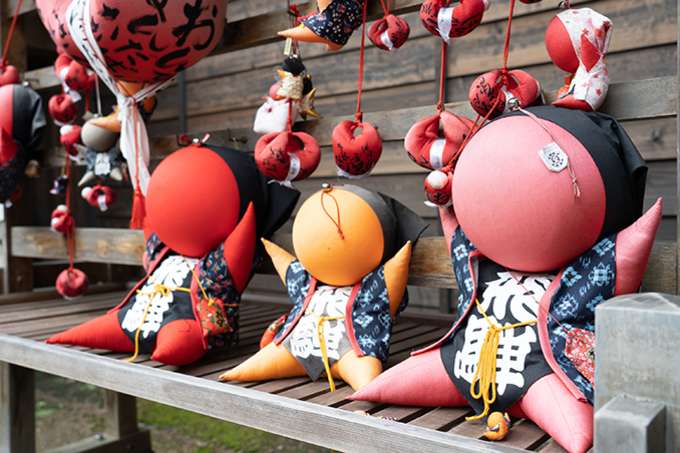
Street Food Upgraded

As you explore the old town, you can’t miss the inescapable sight and scent of freshly cooked Hida beef—it is everywhere! Hida has always had a tradition of street-food stalls selling Hida beef, but with its popularity taking off over the last twenty years, this regional beef has become even more in demand.

The only question now is how best to prepare it. Grilled beef on skewers is the way it is most commonly served, but even for that, you can choose your preferred cut. Sirloin is the best cut if you are seeking good marbling, but it can be filling, so perhaps a lean filet is the better option if you need stamina for your sightseeing ventures.
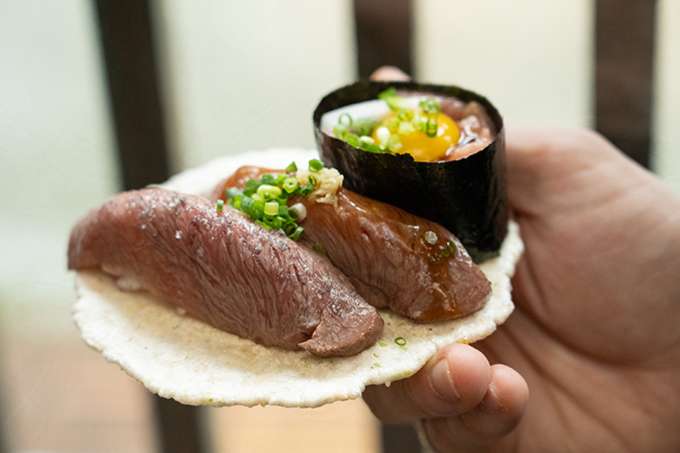
Hida beef served as sushi is a hit on social media, and it tastes as good as it looks. The beef is quickly seared with a burst of flame that leaves the inside rare and then served on top of a senbei (rice cracker), which functions as a kind of edible plate.

Hida’s gyuman (steamed buns with meat) are legendary, the soft and fluffy dough on the outside keeping all the juices and flavor of the meat and steamed vegetables well protected inside. The filling is scorching hot, so open the gyuman carefully with your thumbs and count to ten before you even think of taking a bite!

After following this up with a Hida-beef croquette, you just might find yourself in need of a brief respite from your culinary pursuits. No shame in that, and why not take it easy with a glass of local craft beer while you are at it?
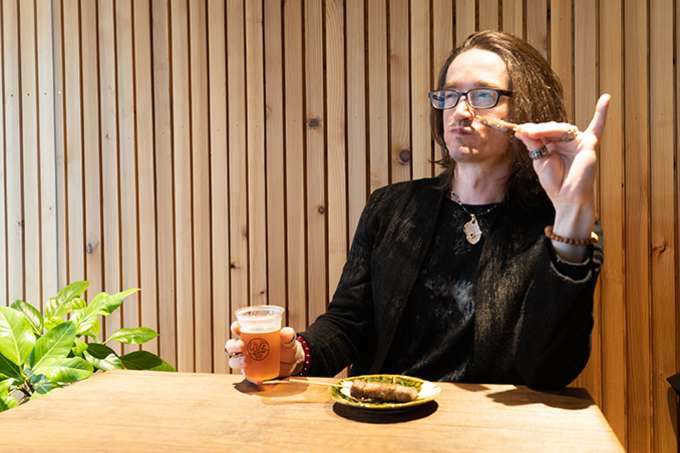
The Definitive Hida-Beef Experience

Street food is a great way to get acquainted with Hida beef, but the connoisseur seeking the highest-quality beef will want to head to one of the area’s many specialist restaurants that take pride in sourcing the best of the best.
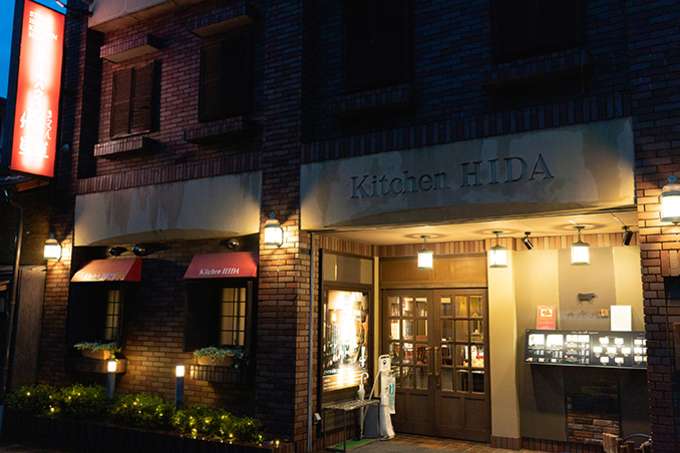
Kitchen Hida, located in the central part of town, is one such restaurant, offering only the finest beef cuisine made exclusively with certified A4 and A5 grade Hida beef. The letter (from A to C) denotes the yield grade, or percentage of cuts obtained from an animal, and the number (1 to 5) indicates the quality as it relates to marbling, meat color, texture, and so forth—the higher the grade, the better.

Tenderloin, chateaubriand, sirloin, and rib eye are all on the menu, along with some other cuts, and you make your selection in close consultation with the chef.

A cooking method perfected by the restaurant over fifty years is to braise the steak with onions under a copper dome and then sauté it—a comparatively rare cooking style, but one that will make you an instant fan. Hida beef is naturally juicy and aromatic, and this cooking method ensures that none of those natural qualities disappear in the pan.

Consuming even a larger steak is effortless, with no toughness in any of the textures, which differ subtly across the cut of meat. Kitchen Hida offers a rich gravy on the side, but frankly, you don’t need it—the local vegetables and the Hida red turnip being all that is necessary to complement the fantastic steak.
If you are looking for a new frontier in wagyu, make it Hida and Hida beef; your taste buds will thank you.
Contact Information
Kitchen Hida
1-66 Honmachi, Takayama City, Hida 506-0011
How to Get There
First, although the area is called Hida, the names Takayama and Hida-Takayama are also used. So, which is correct? Well, Hida is the historical name for the area, from the days when Japan was divided into provinces before the current prefectural system was instituted. Takayama is the legal name of the municipal city, but there is clearly a lot of local pride and identity tied to the provincial name.
Takayama is also the name of the main station, which can be reached in just under two and a half hours from Nagoya Station on the limited-express train Wide View Hida along the Takayama Main Line (see how both names go hand in hand!). Nagoya Station is on the Tokaido Shinkansen line that connects Tokyo and Osaka, so it is easy to include in most routes. Alternatively, you can go south from Toyama Station if you have been exploring the Hokuriku region.
Recommended Itineraries
Central Hida can be explored comfortably on foot, but take the bus ten minutes to the Hida Folk Museum if you want to go a bit deeper into the history of the area. For those who don’t mind a longer walk, there are picturesque walking trails in Shiroyama on the eastern side of the area, which take in numerous temples and shrines.
Bus routes connect Hida with a lot of locations that are tricky to explore by train. For those who really want to get off the beaten path, the secluded UNESCO World Heritage site Shirakawago is a bus ride away, as is the Shinhotaka Ropeway with its double-decker gondola that takes you up the side of the Japanese Alps with great views of the Okuhida region.
Related Links
Hida Takayama Tourist Information (English)
Map
Featured Cuisine
Wasabi has rapidly risen to global prominence as a quintessential flavor of Japan, its popularity spreading along with that of sushi. But not all wasabi is created equal—although wasabi as a paste is convenient and has a long shelf life, there is nothing quite like freshly grated wasabi, especially when done by your own hand. However you obtain it, be sure to experience the aromatic and altogether rounded flavor of fresh wasabi for yourself—mixed into traditional rustic dishes, dabbed on sushi, paired with Japanese beef, or even blended in ice cream!
-
Author
Author: Samuel
Originally from the UK, Samuel studied Japanese Studies in the UK before completing his post-graduate studies in Japan. Now with over a decade of writing about Japan for a number of publications, and teaching about Japanese art and design at university, he hopes to bring his love of Japan to a wide audience. His favorite Japanese food is takoyaki as the perfect street snack.
All information is correct as of the time of writing.
Please check for the latest information before you travel.


















































